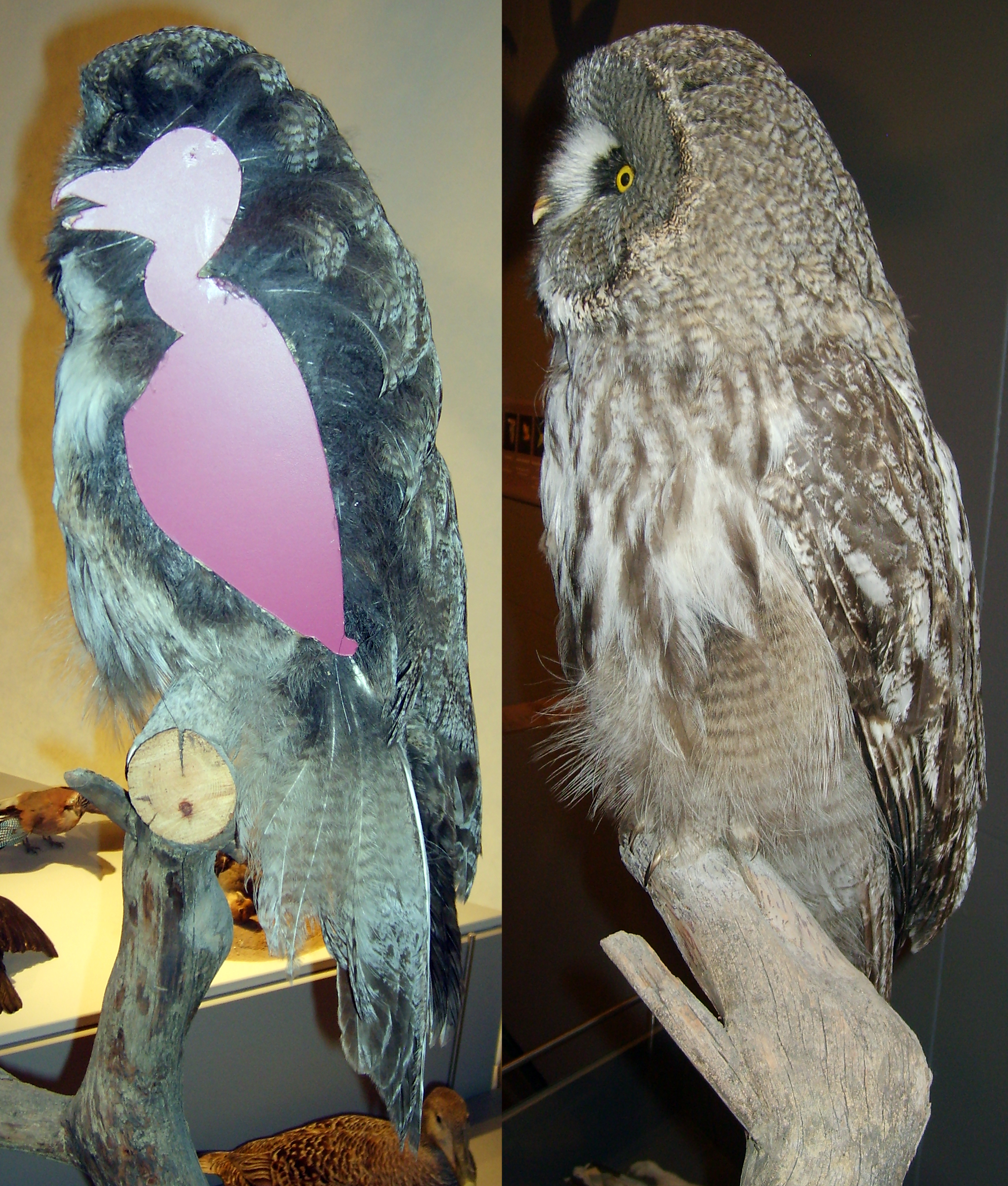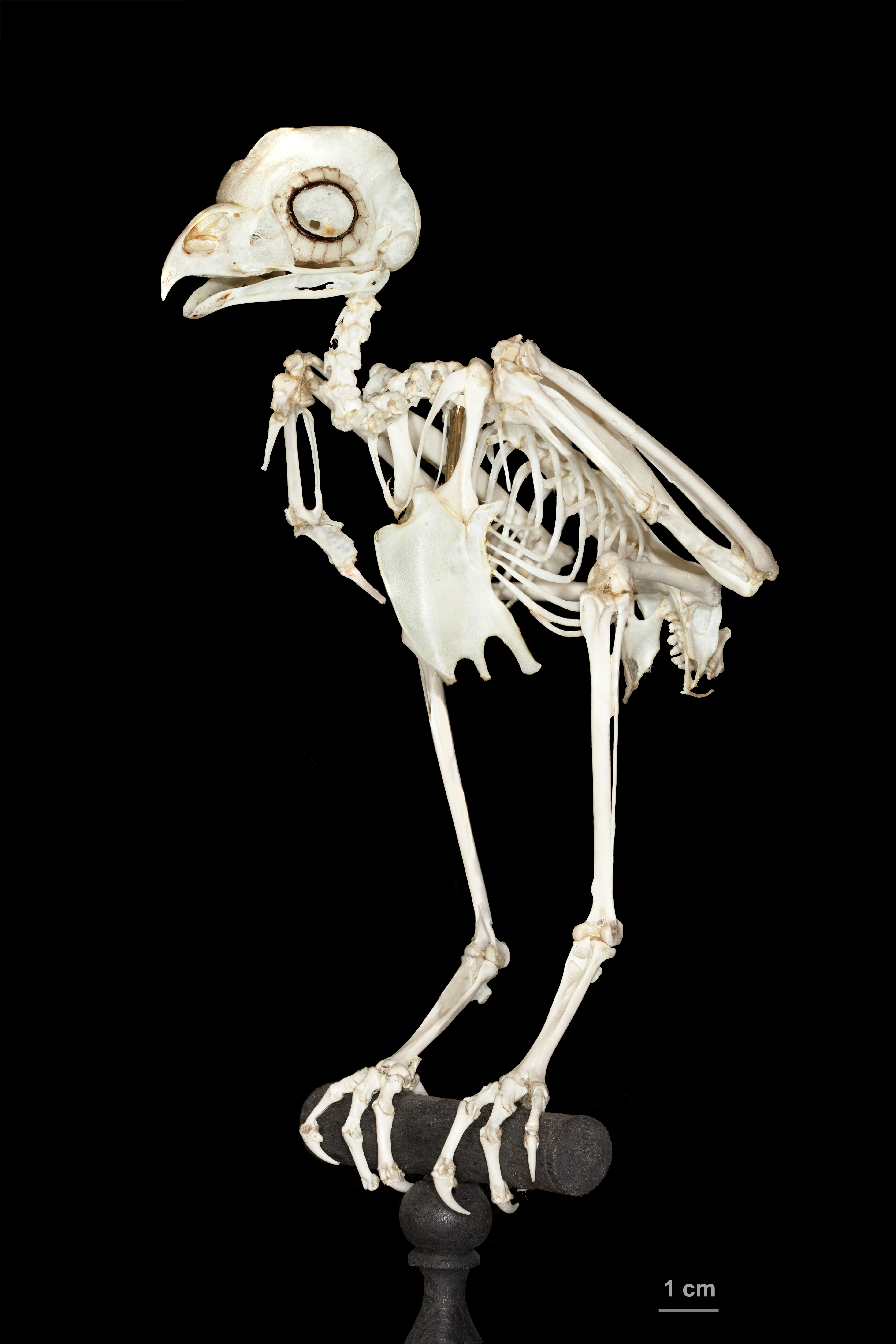|
Fishing Owl
Fishing owls are a group of sub-Saharan African birds in the family Strigidae, the true owls. Fishing owls have traditionally been placed in the genus ''Scotopelia'', but DNA evidence suggests they should be included in genus ''Bubo'' with the horned owls and eagle-owls. ''Scotopelia'' contains the following species: * Vermiculated fishing owl (''Scotopelia bouvieri'') * Pel's fishing owl (''Scotopelia peli'') * Rufous fishing owl The rufous fishing owl (''Scotopelia ussheri''), rufous-backed fishing-owl or Ussher's fishing owl, is a species of owl in the family Strigidae. It is endemic to west Africa, where it is a highly localised resident along forest rivers. Taxonomy ... (''Scotopelia ussheri'') References Strigidae Scotopelia Taxa named by Charles Lucien Bonaparte Taxonomy articles created by Polbot {{strigiformes-stub ... [...More Info...] [...Related Items...] OR: [Wikipedia] [Google] [Baidu] |
Pel's Fishing Owl
Pel's fishing owl (''Scotopelia peli'') is a large species of owl in the family Strigidae. The species is found in Africa and lives near rivers and lakes. It feeds nocturnally on fish and frogs snatched from the surface of lakes and rivers. The species prefers slow moving rivers with large overhanging trees to roost and forage from. It nests in hollows and the forks of large trees. Though as many as two eggs are laid, often only one chick is raised. Taxonomy The species' common and specific name honours Hendrik Severinus Pel, who was governor of the Dutch Gold Coast (now Ghana) from 1840 till 1850. Description Pel's fishing owl is one of the largest owl species in the world. Among the world's owls, it ranks as the fifth heaviest on average, the seventh longest in length and measured wing chord and fourth longest in mean wingspan, although not all large species have had measured wingspans.Weick, F. (2007). ''Owls (Strigiformes): annotated and illustrated checklist''. Springer. ... [...More Info...] [...Related Items...] OR: [Wikipedia] [Google] [Baidu] |
Charles Lucien Bonaparte
Charles Lucien Jules Laurent Bonaparte, 2nd Prince of Canino and Musignano (24 May 1803 – 29 July 1857), was a French naturalist and ornithologist. Lucien and his wife had twelve children, including Cardinal Lucien Bonaparte. Life and career Bonaparte was the son of Lucien Bonaparte and Alexandrine de Bleschamp. Lucien was a younger brother of Napoleon I, making Charles the emperor’s nephew. Born in Paris, he was raised in Italy. On 29 June 1822, he married his cousin, Zénaïde, in Brussels. Soon after the marriage, the couple left for Philadelphia in the United States to live with Zénaïde's father, Joseph Bonaparte (who was also the paternal uncle of Charles). Before leaving Italy, Charles had already discovered a warbler new to science, the moustached warbler, and on the voyage he collected specimens of a new storm-petrel. On arrival in the United States, he presented a paper on this new bird, which was later named after Alexander Wilson. Bonaparte then set about ... [...More Info...] [...Related Items...] OR: [Wikipedia] [Google] [Baidu] |
Sub-Saharan Africa
Sub-Saharan Africa is, geographically, the area and regions of the continent of Africa that lies south of the Sahara. These include West Africa, East Africa, Central Africa, and Southern Africa. Geopolitically, in addition to the List of sovereign states and dependent territories in Africa, African countries and territories that are situated fully in that specified region, the term may also include polities that only have part of their territory located in that region, per the definition of the United Nations (UN). This is considered a non-standardized geographical region with the number of countries included varying from 46 to 48 depending on the organization describing the region (e.g. UN, WHO, World Bank, etc.). The Regions of the African Union, African Union uses a different regional breakdown, recognizing all 55 member states on the continent - grouping them into 5 distinct and standard regions. The term serves as a grouping counterpart to North Africa, which is instead ... [...More Info...] [...Related Items...] OR: [Wikipedia] [Google] [Baidu] |
True Owl
The true owls or typical owls (family Strigidae) are one of the two generally accepted families of owls, the other being the barn owls (Tytonidae). This large family comprises 230 living or recently extinct species in 24 genera. The typical owls have a cosmopolitan distribution and are found on every continent except Antarctica. Morphology While typical owls (hereafter referred to simply as owls) vary greatly in size, with the smallest species, the elf owl, being a hundredth the size of the largest, the Eurasian eagle-owl and Blakiston's fish owl, owls generally share an extremely similar body plan.Marks, J. S.; Cannings, R.J. and Mikkola, H. (1999). "Family Strigidae (Typical Owls)". ''In'' del Hoyo, J.; Elliot, A. & Sargatal, J. (eds.) (1999). '' Handbook of the Birds of the World. Volume 5: Barn-Owls to Hummingbirds.'' Lynx Edicions. They tend to have large heads, short tails, cryptic plumage, and round facial discs around the eyes. The family is generally arboreal (with ... [...More Info...] [...Related Items...] OR: [Wikipedia] [Google] [Baidu] |
Horned Owl
The American (North and South America) horned owls and the Old World eagle-owls make up the genus ''Bubo'', at least as traditionally described. The genus name ''Bubo'' is Latin for the Eurasian eagle-owl. This genus contains 19 species that are found in many parts of the world. Some of the largest living Strigiformes are in ''Bubo''. Traditionally, only owls with ear-tufts were included in this genus, but that is no longer the case. Taxonomy The genus ''Bubo'' was introduced in 1805 by the French zoologist André Duméril for the horned owls. The type species is the Eurasian eagle-owl. The word ''bubo'' is Latin for the Eurasian eagle owl and was used as the specific epithet for the species by Carl Linnaeus in 1758. A molecular phylogenetic study published in 2019 found that species in the genera ''Scotopelia'' and ''Ketupa'' were embedded within the clade containing members of the genus ''Bubo''. Thus, the genus ''Bubo'' as currently defined is paraphyletic. Systematics ... [...More Info...] [...Related Items...] OR: [Wikipedia] [Google] [Baidu] |
Integrated Taxonomic Information System
The Integrated Taxonomic Information System (ITIS) is an American partnership of federal agencies designed to provide consistent and reliable information on the taxonomy of biological species. ITIS was originally formed in 1996 as an interagency group within the US federal government, involving several US federal agencies, and has now become an international body, with Canadian and Mexican government agencies participating. The database draws from a large community of taxonomic experts. Primary content staff are housed at the Smithsonian National Museum of Natural History and IT services are provided by a US Geological Survey facility in Denver. The primary focus of ITIS is North American species, but many biological groups exist worldwide and ITIS collaborates with other agencies to increase its global coverage. Reference database ITIS provides an automated reference database of scientific and common names for species. As of May 2016, it contains over 839,000 scientific names, ... [...More Info...] [...Related Items...] OR: [Wikipedia] [Google] [Baidu] |
Vermiculated Fishing Owl
The vermiculated fishing owl (''Scotopelia bouvieri'') is a species of owl in the family Strigidae. It is found within riverine forest in Angola, Cameroon, Central African Republic, Republic of the Congo, Democratic Republic of the Congo, Gabon, and Nigeria. This species was first described by the British zoologist Richard Bowdler Sharpe in 1875 and named in honour of the French naturalist Eugène Louis Bouvier. Description The vermiculated fishing owl is a large earless owl with a total length of . The facial disc is a pale reddish-brown with an inconspicuous darker brown rim. The eyes are dark brown and the bill yellowish-brown with a darker tip. The crown is streaked with dark brown. The upper parts are cinnamon-brown finely marked with dark brown vermiculations. Across the shoulders, the outer webs of the feathers are whitish making a pale horizontal streak. The flight feathers and the tail feathers are barred. The underparts are whitish, heavily marked with dark streaks. The ... [...More Info...] [...Related Items...] OR: [Wikipedia] [Google] [Baidu] |
Rufous Fishing Owl
The rufous fishing owl (''Scotopelia ussheri''), rufous-backed fishing-owl or Ussher's fishing owl, is a species of owl in the family Strigidae. It is endemic to west Africa, where it is a highly localised resident along forest rivers. Taxonomy English naturalist Richard Bowdler Sharpe described the rufous fishing owl in 1871. It is one of three species in the genus '' Scotopelia''. It is named after Herbert Taylor Ussher who provided the type specimen Sharpe used in his description. Description The rufous fishing owl is a medium-sized owl, measuring in length. This is substantially smaller than the Pel's fishing owl, which also occurs in the region. It lacks ear tufts and has an indistinct, pale cinnamon facial disc. The underparts are pale and are finely streaked due to the dark shafts of the majority of the feathers. The flanks may have a more rufous patch. The adults have barred flight feathers, with the upperparts of the wings (mantle, scapulars and wing-coverts) show ... [...More Info...] [...Related Items...] OR: [Wikipedia] [Google] [Baidu] |
Strigidae
The true owls or typical owls (family Strigidae) are one of the two generally accepted families of owls, the other being the barn owls (Tytonidae). This large family comprises 230 living or recently extinct species in 24 genera. The typical owls have a cosmopolitan distribution and are found on every continent except Antarctica. Morphology While typical owls (hereafter referred to simply as owls) vary greatly in size, with the smallest species, the elf owl, being a hundredth the size of the largest, the Eurasian eagle-owl and Blakiston's fish owl, owls generally share an extremely similar body plan.Marks, J. S.; Cannings, R.J. and Mikkola, H. (1999). "Family Strigidae (Typical Owls)". ''In'' del Hoyo, J.; Elliot, A. & Sargatal, J. (eds.) (1999). '' Handbook of the Birds of the World. Volume 5: Barn-Owls to Hummingbirds.'' Lynx Edicions. They tend to have large heads, short tails, cryptic plumage, and round facial discs around the eyes. The family is generally arboreal (with ... [...More Info...] [...Related Items...] OR: [Wikipedia] [Google] [Baidu] |
Scotopelia
Fishing owls are a group of sub-Saharan African birds in the family Strigidae, the true owls. Fishing owls have traditionally been placed in the genus ''Scotopelia'', but DNA evidence suggests they should be included in genus ''Bubo'' with the horned owls and eagle-owls. ''Scotopelia'' contains the following species: * Vermiculated fishing owl (''Scotopelia bouvieri'') * Pel's fishing owl (''Scotopelia peli'') * Rufous fishing owl The rufous fishing owl (''Scotopelia ussheri''), rufous-backed fishing-owl or Ussher's fishing owl, is a species of owl in the family Strigidae. It is endemic to west Africa, where it is a highly localised resident along forest rivers. Taxonomy ... (''Scotopelia ussheri'') References Strigidae Scotopelia Taxa named by Charles Lucien Bonaparte Taxonomy articles created by Polbot {{strigiformes-stub ... [...More Info...] [...Related Items...] OR: [Wikipedia] [Google] [Baidu] |
Taxa Named By Charles Lucien Bonaparte
In biology, a taxon (back-formation from ''taxonomy''; plural taxa) is a group of one or more populations of an organism or organisms seen by taxonomists to form a unit. Although neither is required, a taxon is usually known by a particular name and given a particular ranking, especially if and when it is accepted or becomes established. It is very common, however, for taxonomists to remain at odds over what belongs to a taxon and the criteria used for inclusion. If a taxon is given a formal scientific name, its use is then governed by one of the nomenclature codes specifying which scientific name is correct for a particular grouping. Initial attempts at classifying and ordering organisms (plants and animals) were set forth in Carl Linnaeus's system in ''Systema Naturae'', 10th edition (1758), as well as an unpublished work by Bernard and Antoine Laurent de Jussieu. The idea of a unit-based system of biological classification was first made widely available in 1805 in the intro ... [...More Info...] [...Related Items...] OR: [Wikipedia] [Google] [Baidu] |





